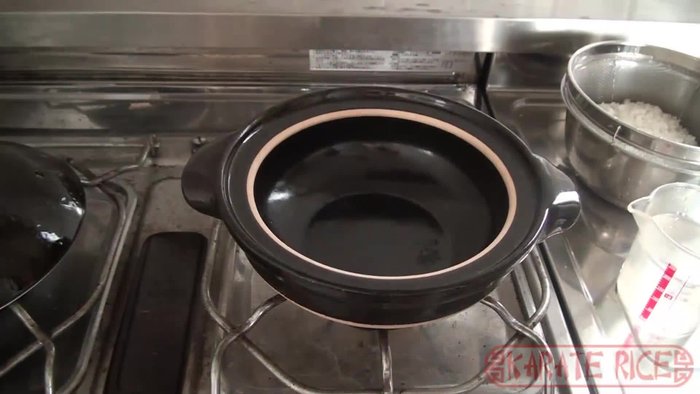The aroma of perfectly cooked rice, fluffy and glistening, is a comforting experience, especially when prepared in a traditional donabe, a Japanese earthenware pot. This seemingly simple grain, when prepared correctly, elevates a meal from ordinary to extraordinary. The unique properties of the donabe, its ability to retain heat and distribute it evenly, contribute significantly to achieving that ideal texture and flavor often elusive in other cooking methods. More than just cooking rice, using a donabe is embracing a centuries-old culinary tradition, connecting you to the heart of Japanese cuisine.
This article will guide you through a straightforward, yet highly effective, method for achieving perfect white rice in your donabe, ensuring each grain is tender on the inside and slightly chewy on the outside. Ready to unlock the secrets of flawlessly cooked rice? Let's delve into the step-by-step process and transform your rice-cooking experience.
Preparation and Safety Guidelines
- **Donabe Handling:** Donabes are earthenware and can crack if subjected to sudden temperature changes. Always allow the donabe to cool gradually after cooking before washing.
- **Water Ratio:** Accurately measuring the water-to-rice ratio is crucial for perfectly cooked rice. Using too much water will result in mushy rice, while too little will result in dry rice. Follow the recipe's instructions closely.
- **Stovetop Safety:** Use low to medium heat to prevent scorching and cracking of the donabe. Never leave a cooking donabe unattended.
Step-by-Step Instructions
Prepare the Rice
- Wash the rice thoroughly.
- Add 1 cup (180ml) of rice to the Donabe.


Prepare the Rice Add Water and Boil
- Add 1.2 times the amount of water as rice (approximately 220ml).
- Bring the water to a boil on high heat with the lid slightly ajar.


Add Water and Boil Simmer and Steam
- Once boiling, reduce heat to low, cover completely, and simmer for 12 minutes.
- Turn off the heat and let the rice steam for another 15-20 minutes.


Simmer and Steam Finish and Serve
- Fluff the rice with a fork or rice paddle.

Finish and Serve
Read more: Seasoning Your Donabe Pot: The Ultimate Guide for Perfect Clay Pot Cooking
Tips
- Leaving the lid slightly ajar during the initial boil allows you to monitor the process.
- Slightly burnt rice at the bottom (socarrat) is a desirable characteristic in Japanese cooking, adding a unique texture.







